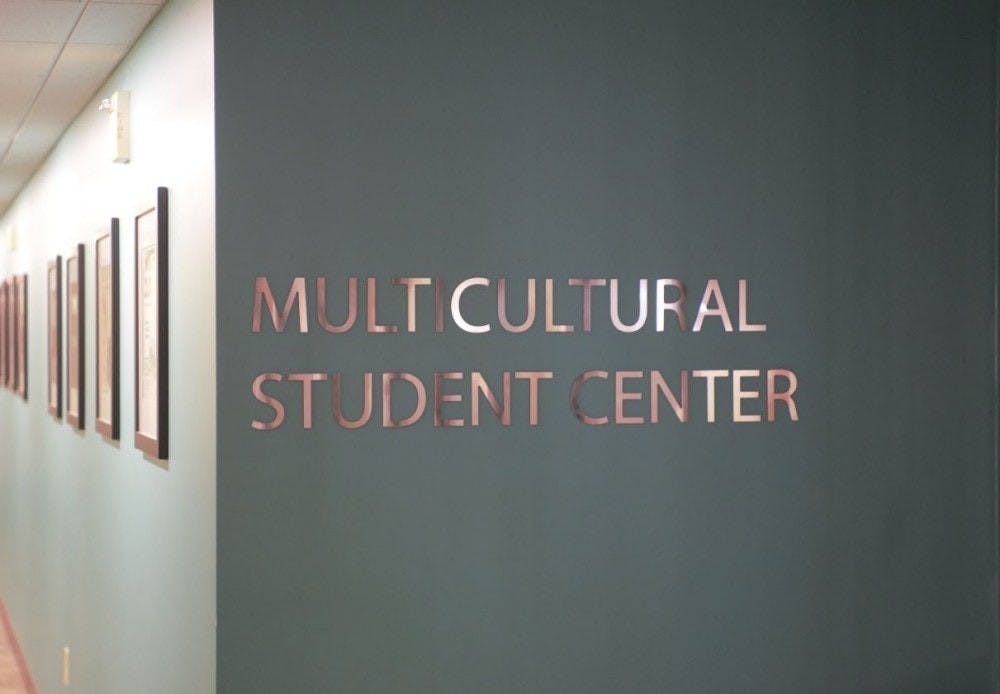The Cavalier Daily is in a unique position where it can promote coverage of multicultural organizations around Grounds based on their own merits — however, the paper unfortunately falls short in keeping up with the growing prominence of these groups. To better represent the activities of multicultural and minority organizations on the paper, The Cavalier Daily should designate a beat reporter for these organizations and pursue more features about their work and how it has grown over time.
Vilas Annavarapu, a third-year College student and chair of the Asian Leaders Council, tweeted earlier this month that The Cavalier Daily does not adequately cover “massive cultural showcases or elections of multicultural leaders,” citing the Organization of Young Filipino Americans’ annual Barrio event, Chinafest and East Coast Showdown — a South Asian dance competition.
Curious to hear more about his thoughts, I reached out to Annavarapu and asked him about his frustrations. He said events that multicultural student organizations create draw a lot of other universities and visitors to Charlottesville but do not receive adequate coverage.
“All these organizations spend a ton of time developing these performances and creating these showcases that maybe never get any type of public recognition,” he said. “It is student life and happenings that are going on, but it is ignored or pushed to the margins.”
Another issue is the coverage of multicultural student organizations in light of mainstream — and usually predominantly white — institutions’ activities. According to Annavarapu, one example of this is a recent article on the Native American Student Union. While he thought the article highlighted the work NASU does, it also did so in light of members of the Kappa Sigma fraternity culturally appropriating headdresses on their bid day.
“The times that the minority voices and the work that they’re doing does get coverage is when mainstream institutions are the focus of attention or are a necessary part of describing their story,” Annavarapu said. “There’s a heavy institutional bias that really misses a robust community that exists, and it’s skewed towards whiteness as a result of that.”
Annavarapu also said that while Student Council resolutions can sometimes be the affirmation of other organizations’ work, it is this which is what ultimately gains coverage at the expense of actually covering what these organizations have done.
“Why is that being covered through a Student Council lens rather than the work that the organizations themselves are doing?” he said. “It really comes down to the politics of attention, what are the groups that are seen as legitimate enough to get coverage, and why aren’t minority groups given that privilege considering how much work they do.”
From my own institutional knowledge during my time as News Editor on The Cavalier Daily, I remember we often had hesitation to cover annual events. This hesitation came with the concern that we would end up in a cycle of covering events year-to-year that did not particularly change or do anything “newsworthy.”
The error in this line of thought is that some annual events grow over time and the paper can miss their trajectories. One example of this is OYFA’s Barrio, which now includes over 100 performers and celebrated its 30th year yet has not received coverage since 2007, according to searches on The Cavalier Daily website.
Another error in this line of thinking is Annavarapu’s point that the multicultural organizations will get covered when they do something related to a “newsworthy” event — such as the NASU and the Kappa Sigma cultural appropriation on bid day.
One solution is to create a beat reporter position for minority and multicultural student organizations and what they are working on. This provides the paper with a person who can serve as a concrete point of access between the organizations and umbrella organizations — such as the Asian Leaders Council or the Minority Rights Coalition — on Grounds.
From my time as News Editor, the beat reporters for Honor, the University Judiciary Committee and Student Council all had working relationships with students involved in their respective organizations. A beat reporter for multicultural student organizations can also develop that working relationship with the groups. The existence of a beat reporter would also ensure that the multicultural student organizations are also recognized for their work on their own merits rather than through institutions like Student Council.
Another way that the paper can address the lack of coverage is through pursuing features on multicultural student organizations. This approach would focus less upon how the minority and multicultural organizations must respond to or are celebrated by other institutions, but how they are newsworthy and important facets of student life of their own accords.
I foresee institutional implementation of these two solutions happening within the News and Life sections. The beat reporter would have to go under the News section, but Life deals more with features. Given this context, News and Life should collaborate on the features in order to allow the beat reporter — who would likely write predominantly for News on a regular basis — to develop working relationships with the organizations but fit the paper’s typical placement of feature pieces under the Life section.
Anna Higgins is the Public Editor for The Cavalier Daily. She can be reached at a.higgins@cavalierdaily.com.







